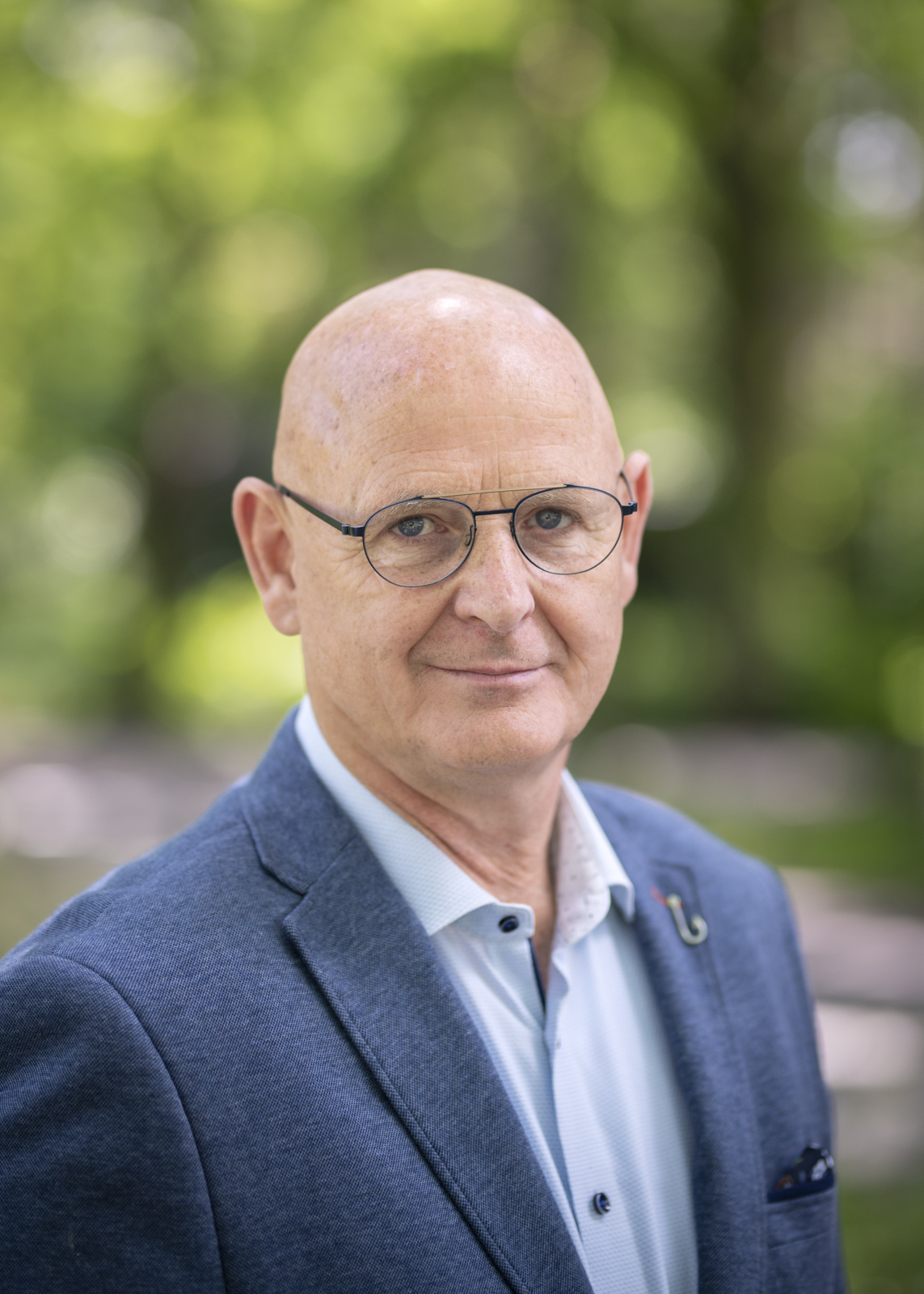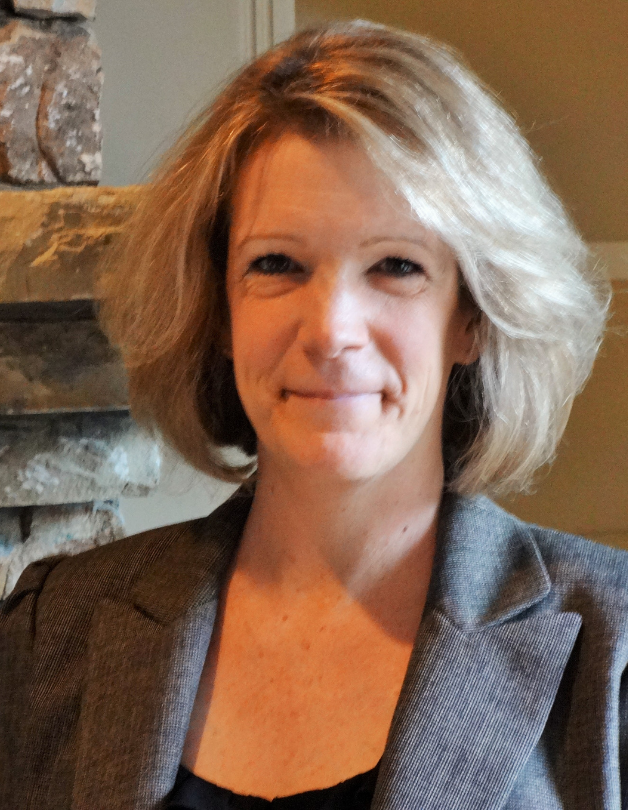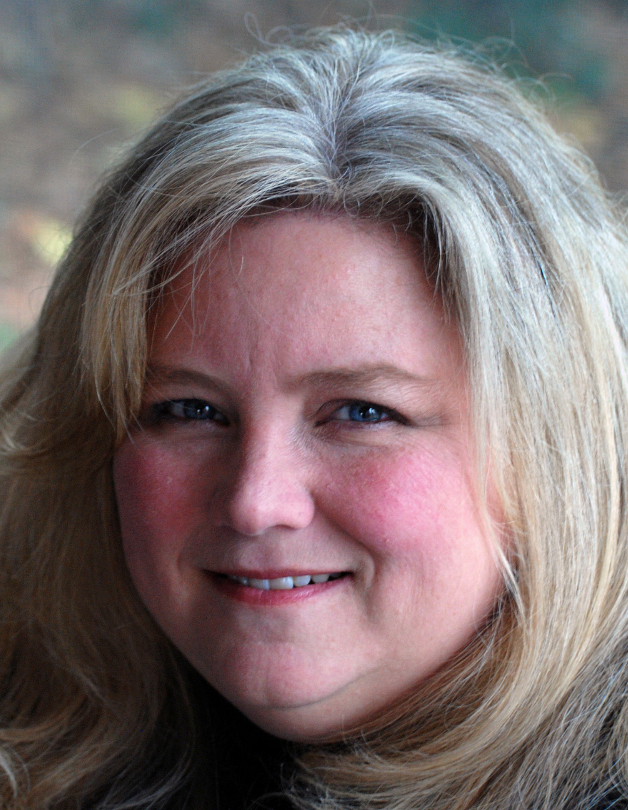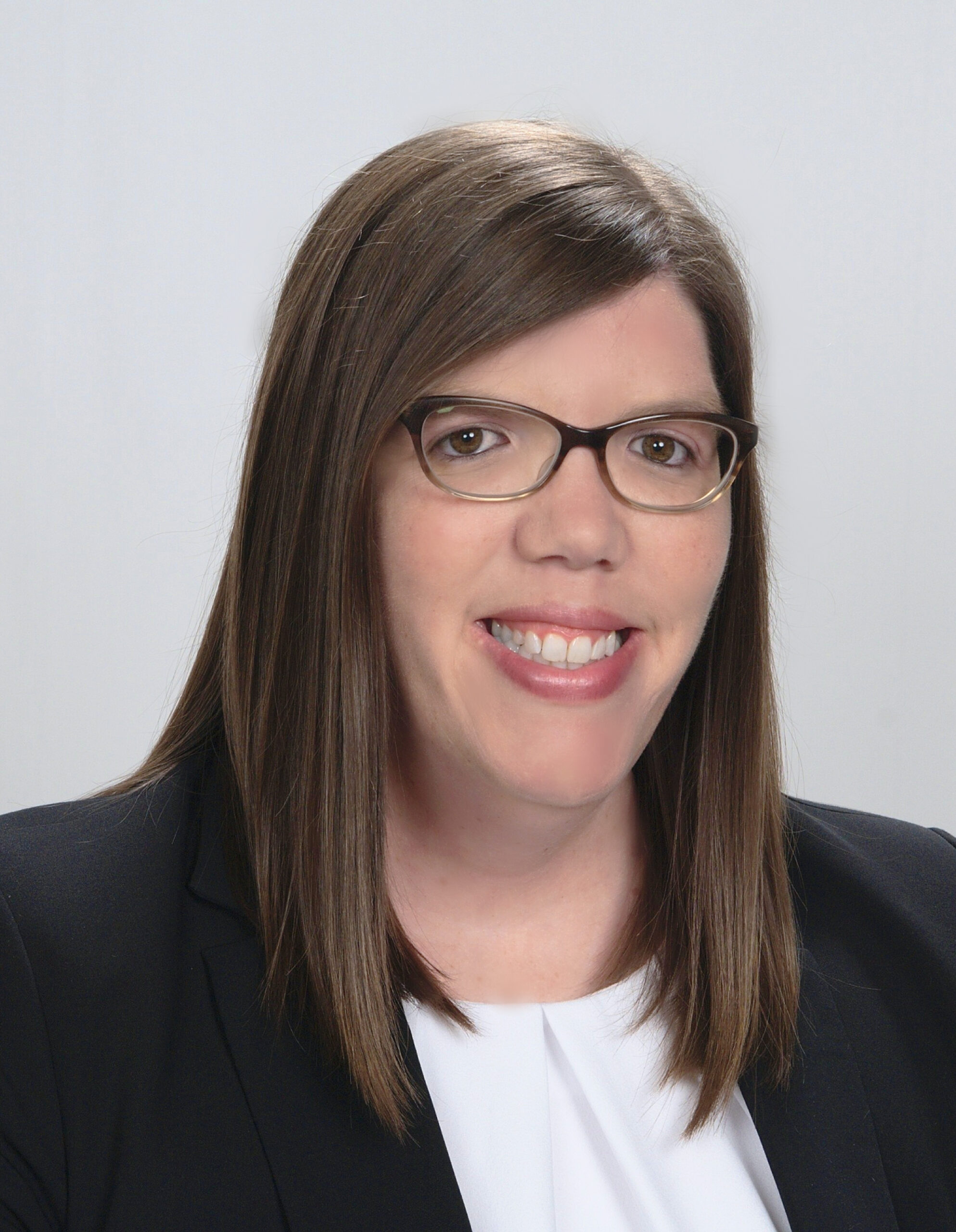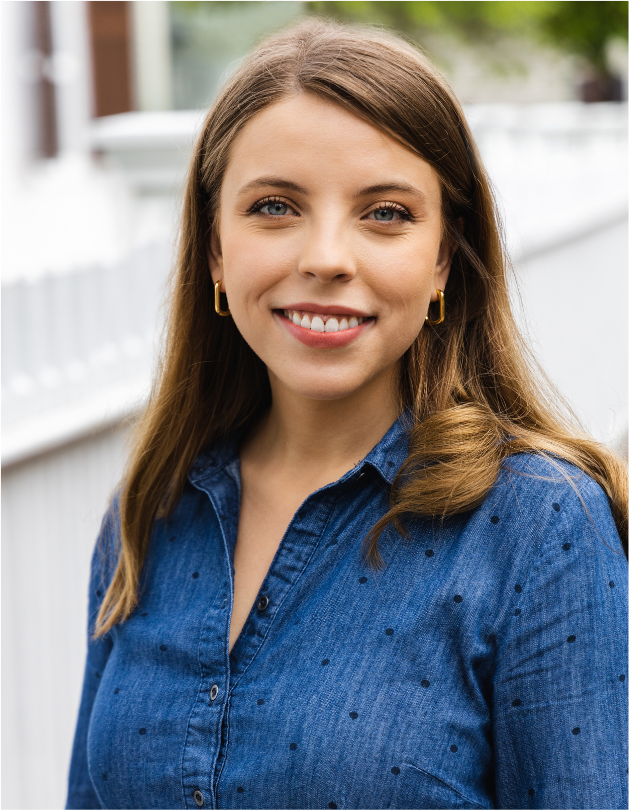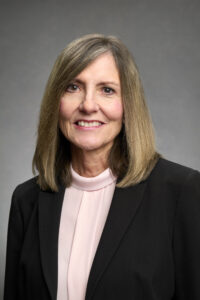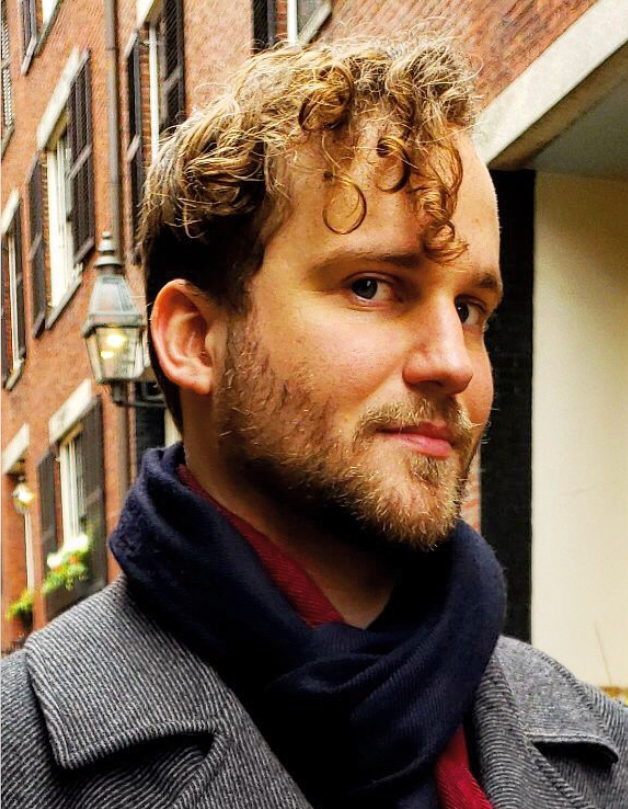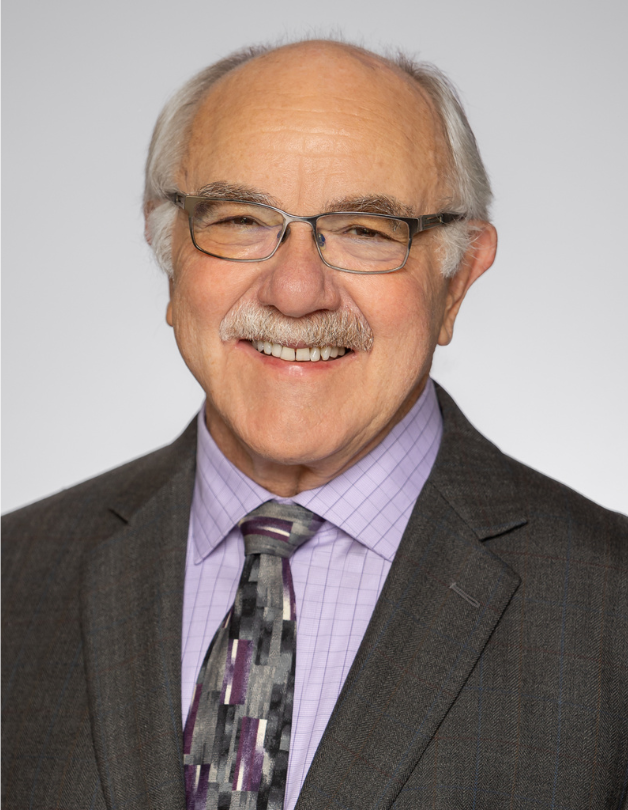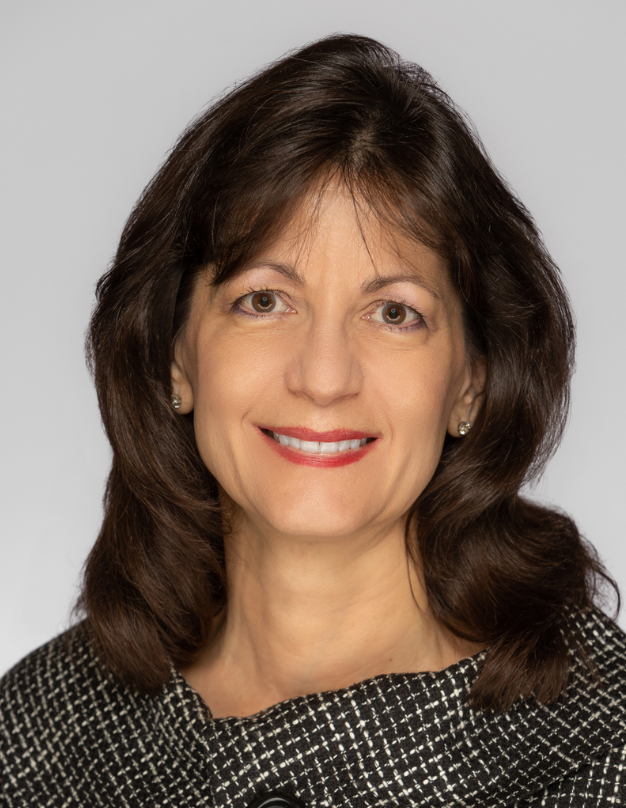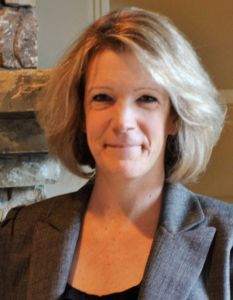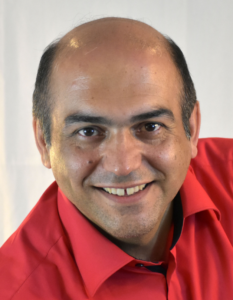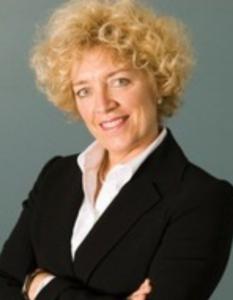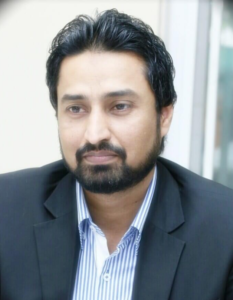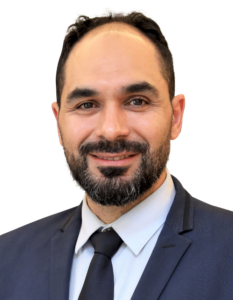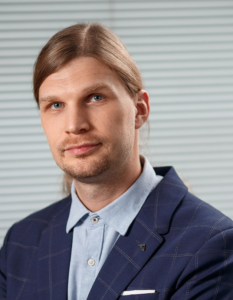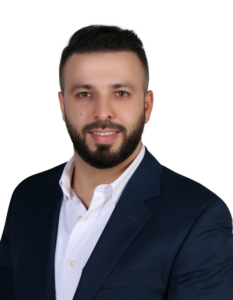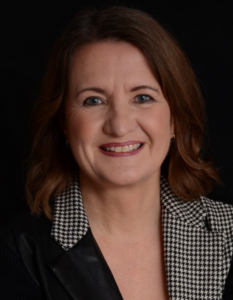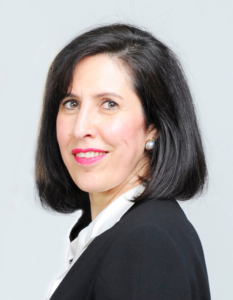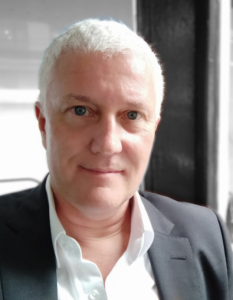Your cart is currently empty!
Designing Virtual Learning to Deliver Application and Impact: 20 Powerful Techniques
Patti P. Phillips, Ph.D., and Jack J. Phillips, Ph.D.
This article was originally published April 9, 2021, on ChiefLearningOfficer.com.
With much of learning and development converted to a virtual format these days, a critical question is being raised. Is virtual learning working?
This question is being asked by executives in organizations, and when they ask it, they are not concerned about whether the participants are actually learning. Rather, they are concerned about participants using what they’ve learned and whether it is having an impact in the organization. Executives want virtual learning to drive impact, as demonstrated by specific business measures.
Almost a decade ago, in his book, “Learning Everywhere: How Mobile Content Strategies are Transforming Training,” Chad Udel suggested that virtual learning should drive high-level business results, such as the following:
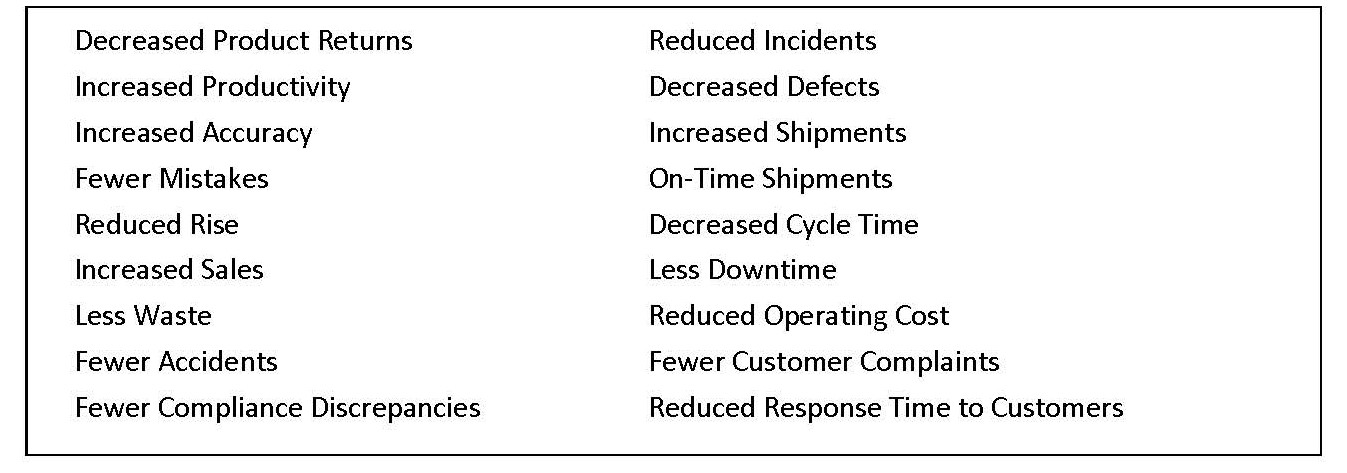
Unfortunately, most virtual learning is not connected to these results.
Why virtual learning fails: a quick review
It is important to first understand how success is achieved with virtual learning. As presented in the figure below, success follows a chain of value, a classic logic model that forms the basis of most evaluation models, including the ROI Methodology.

We have had the opportunity to evaluate virtual learning for many years, and we’ve compared instructor-led learning with e-learning, sometimes in parallel, to see the differences. We have found that virtual learning typically breaks down at level 3 (application) and level 4 (impact).
There are four key reasons this happens.
1. Multitasking inhibits learning. It’s a myth that a person can multitask and still absorb in-depth knowledge and information. Research shows us that multitasking actually reduces a participant’s ability to learn. With instructor-led learning, multitasking is better controlled in many ways. As we all have witnessed in virtual conferences, meetings, and online sessions, multitasking runs rampant. The reality is if learning is diminished, then application will be diminished, and impact will be diminished. This will decrease the ROI significantly.
Status: This is a serious problem that is being addressed by instructional designers and technology companies alike.
2. Manager support is usually missing. Participants typically leave their work areas to attend instructor-led learning programs. Their managers know they are involved and likely were involved in the decision for them to participate in the session in the first place. Managers usually create expectations for the program, and their follow-up on the learning translates into something useful and worthwhile for the department. With virtual learning, the manager often is not involved and may not even know that their reports are participating in a session. Without the manager’s presence, the most significant influencer for transferring learning to the job is removed.
Status: This is a serious issue with not enough effort currently being put forth to address it. Instructional designers need to build in activities that will draw managers into the process.
3. Virtual programs are designed for learning, not application and impact. Instructional systems designers design virtual programs to deliver learning. Most current virtual design books focus on designing for learning — not application and impact. Designers think their work is complete when the participant has learned the knowledge or skills. However, executives who provide the program’s budget want to see the business connection from participants actually using the learning. For example, very few virtual learning programs have impact objectives. Without impact objectives, key stakeholders may not fully understand why the program is being implemented. When impact objectives are in place, the team can design the program for application and the desired business impact.
Status: Designing for impact is more likely to occur in an instructor-led program. This is our best opportunity for improvement as instructional systems designers need to take steps to design for application and impact before, during and after the program is implemented.
4. Technology challenges. Technology failures and connection problems appear in the best of organizations and in the best of programs, as we all have experienced. Add to this problem the proliferation of inexperienced users who can create havoc and present challenges to the rollout of a seamless program. These technology failures rarely occur (or can easily be managed) in an in-person program.
Status: The good news is instructional designers are working on this along with technology providers. Still, there is much to be done in this area.
Designing virtual learning for impact and ROI
Items two and three above can be tackled with a serious approach to designing virtual learning for impact and ROI. In the past two decades, we have been involved in the evaluation of many virtual learning programs, including online learning, e-learning, simulations and mobile learning. We have had the opportunity to see what works — and what does not.
In every evaluation, we collect data on barriers and enablers. Barriers are the things that get in the way of the participant demonstrating success with application. Enablers are the factors that help achieve success with the program. As you can imagine, these enablers present tremendous opportunities to see what works to enhance application and impact. The barriers tell us what we need to remove or minimize to have success and create an opportunity to design for success in the future. The enablers provide us with proven techniques that have already actually worked and proof that they made a difference in application and impact.
The following 20 powerful design techniques can enhance the application and impact of your virtual learning programs. Remember, from an organizational perspective, if application does not occur, the virtual program is a waste. Some people refer to this as “scrap learning,” or learning that is not used.
Before the program:
1. Have the manager create expectations.
2. Develop application objectives for participants and other stakeholders.
3. Have participants develop customized impact objectives and share with other stakeholders.
4. Use performance contracts for application and impact between facilitator, participant and manager.
5. Create an application guide to enable and support application.
6. Create a job aid to assist in application.
During the program:
7. Use action plans to detail application steps.
8. Teach to application and impact objectives.
9. In the last learning module, review data collection needed for application and impact.
Technology-enabled actions:
10. Create coaching videos to use at appropriate times to support use.
11. Use apps or software support to encourage and enable use of content.
12. Use WhatsApp (or other networking platforms) to provide encouragement, support and enablement.
13. Post recorded content reviews as a reminder just before use.
14. Use automated reminders for application and data collection.
After the program:
15. Have managers provide support and encouragement for application and impact success.
16. Organize a coaching session after the program to focus on application and impact.
17. Collect completed action plans in a follow-up period and send results to the entire group.
18. Organize follow-up sessions to share results and enablers and tackle barriers.
19. Host a lessons-learned meeting after participants have used the content.
20. Share early successes with other participants to nudge them to use the content.
The definition of the success of learning has shifted: It is not when learning has occurred, but when learning is used and has an impact. This new definition of success represents a mind shift for many L&D stakeholders.
When it comes to delivering results from virtual learning, hope is not a strategy, luck is not a factor, and doing nothing is not an option. The accountability for virtual learning has shifted. Change is inevitable; progress is optional. It’s up to each of us to make sure virtual learning delivers the desired results.



